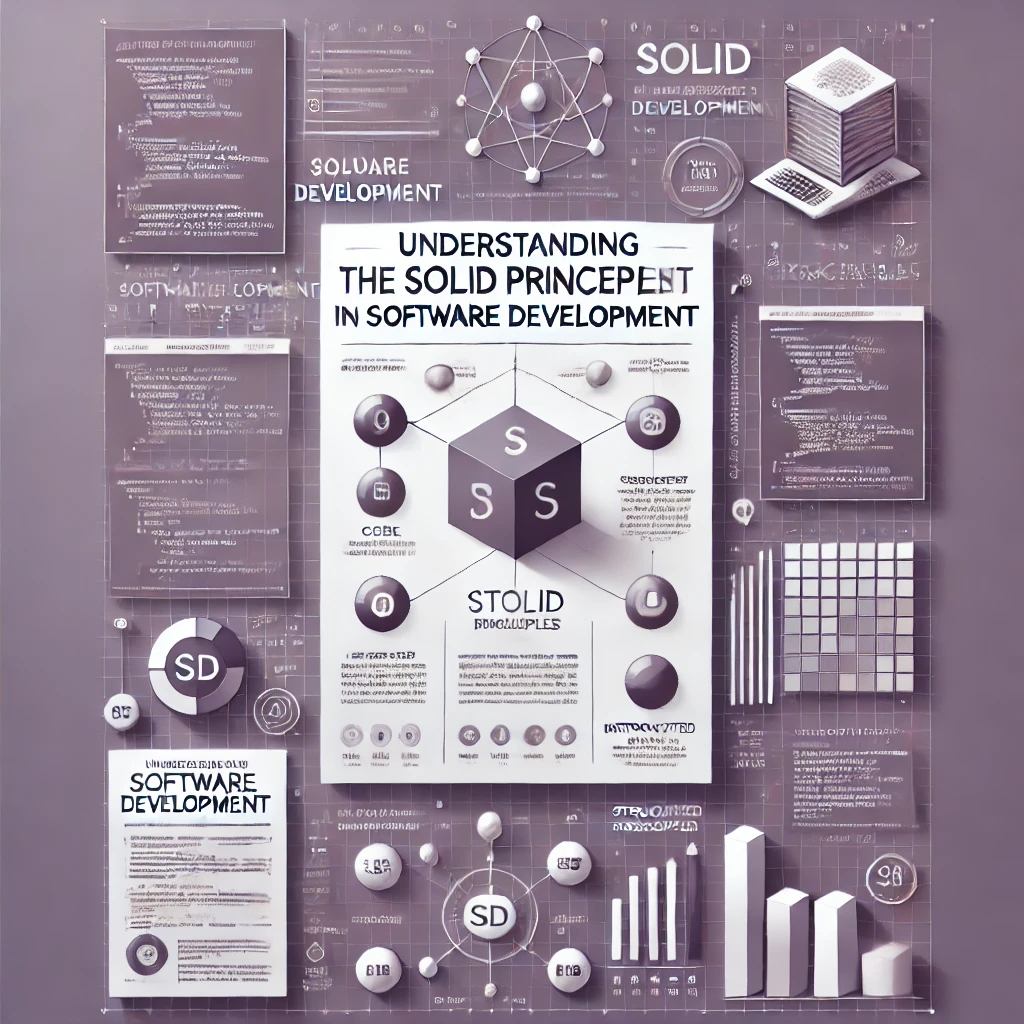If you've been coding for a while, you've probably dealt with messy, hard-to-maintain code at some point. You add a small feature, and suddenly everything breaks. That’s where the SOLID principles come in! They help us write cleaner, scalable, and maintainable software, making our lives (and future developers’ lives) much easier.
So, let’s break them down one by one in a simple, easy-to-understand way.
1. Single Responsibility Principle (SRP)
"A class should have only one reason to change."
This means every class or function should do just one thing. If a class handles multiple responsibilities, it becomes a nightmare to maintain.
🚀 Example (Good vs. Bad)
✅ Good: Separate responsibilities
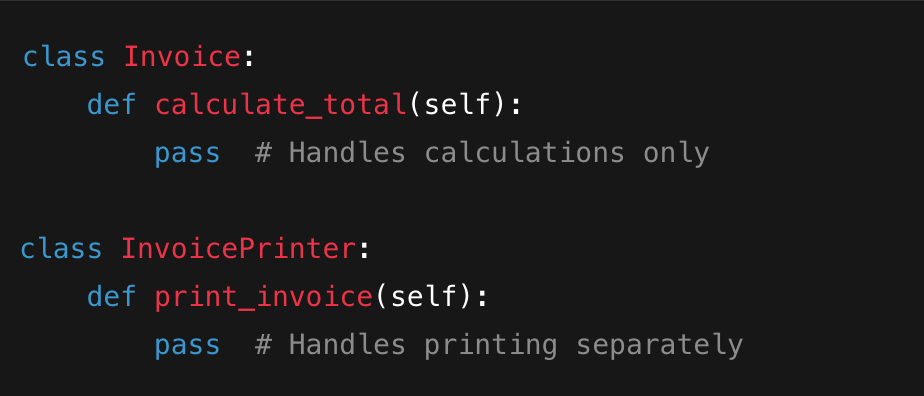
❌ Bad: Doing too much in one class

Keeping responsibilities separate makes your code modular and easier to update.
2. Open/Closed Principle (OCP)
"Code should be open for extension, but closed for modification."
Imagine you have a class that calculates discounts. If you want to add a new discount type, you shouldn’t modify the class every time. Instead, you should be able to extend it.
🚀 Example
✅ Good: Using Inheritance (Extending, Not Modifying)
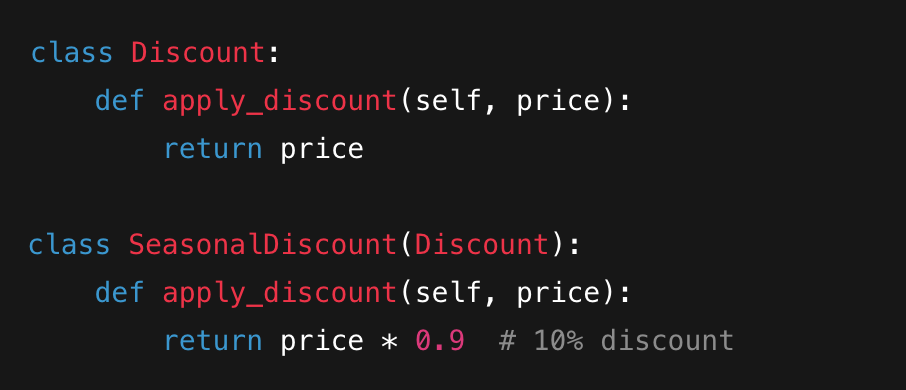
❌ Bad: Hardcoding Conditions (Modifying Instead of Extending)

The good example allows us to add new discount types without modifying existing code, making it safer.
3. Liskov Substitution Principle (LSP)
"Subclasses should be able to replace their parent class without breaking the system."
If you have a base class and subclasses, the subclasses should be able to function without breaking anything.
🚀 Example
✅ Good: Correct Substitution
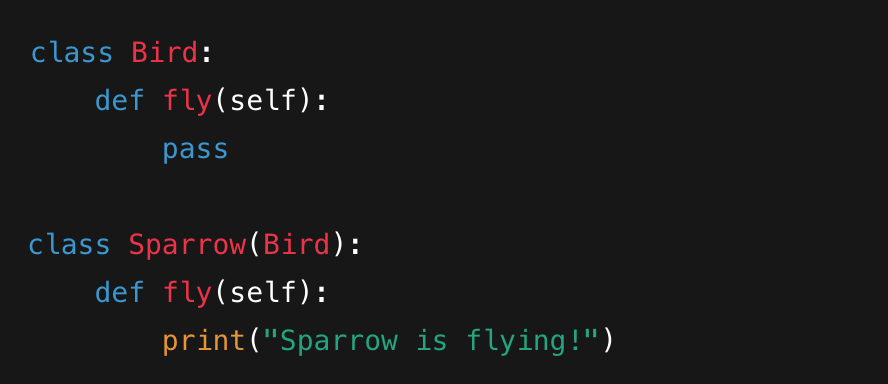
❌ Bad: A subclass that breaks the rule

A Penguin is a bird, but it shouldn’t inherit the fly() method because it can’t fly. Instead, we should create a separate FlightlessBird class.
4. Interface Segregation Principle (ISP)
"Don’t force classes to implement methods they don’t need."
Imagine you have a general Worker class, and you force all workers (including robots) to implement an eat() method. Robots don’t eat, right? That’s a bad design.
🚀 Example
✅ Good: Using Separate Interfaces
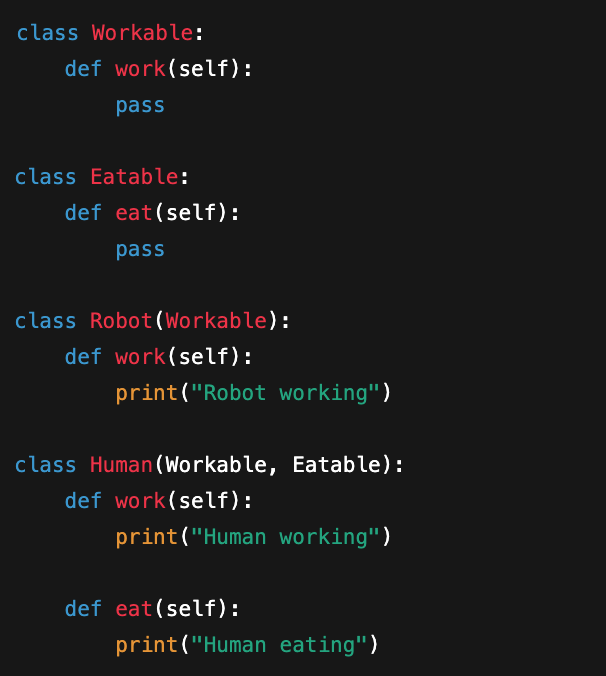
❌ Bad: Forcing All Workers to Have eat()
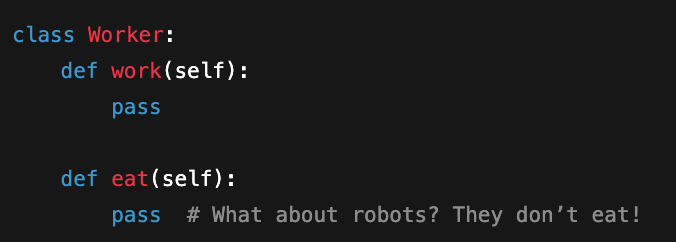
By splitting responsibilities into separate interfaces, we avoid forcing unnecessary methods.
5. Dependency Inversion Principle (DIP)
"High-level modules should not depend on low-level modules. Both should depend on abstractions."
If you hardcode dependencies, your code becomes rigid and hard to change. Instead, depend on abstract classes or interfaces.
🚀 Example
✅ Good: Using Abstraction (Flexible & Scalable)
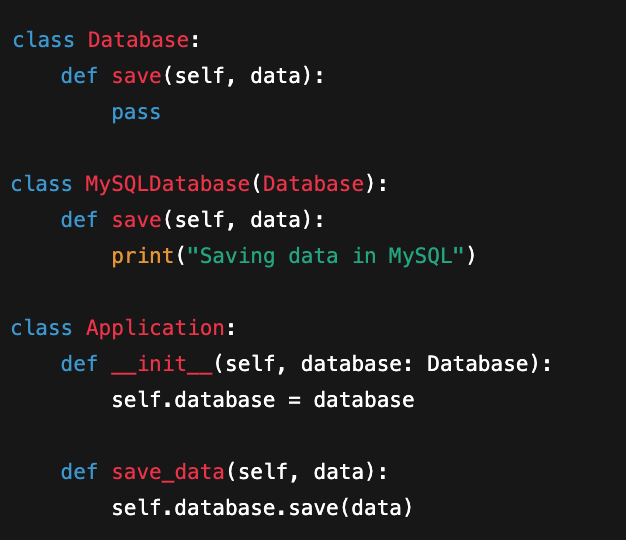
❌ Bad: Hardcoded Dependency (Difficult to Change Later)

By using abstraction, we can easily swap databases without modifying the Application class.
Final Thoughts: Why SOLID Matters
If you want to write maintainable, scalable, and bug-free software, the SOLID principles are a must. They help:
✅ Keep code organized
✅ Reduce unexpected bugs
✅ Make adding new features easier
Quick Recap
1 SRP – One responsibility per class
2 OCP – Extend without modifying existing code
3 LSP – Subclasses should replace their base class seamlessly
4 ISP – Use multiple specific interfaces instead of one large one
5 DIP – Depend on abstractions, not concrete implementations
By following SOLID, your code will be cleaner, more modular, and easier to maintain. Happy coding!


